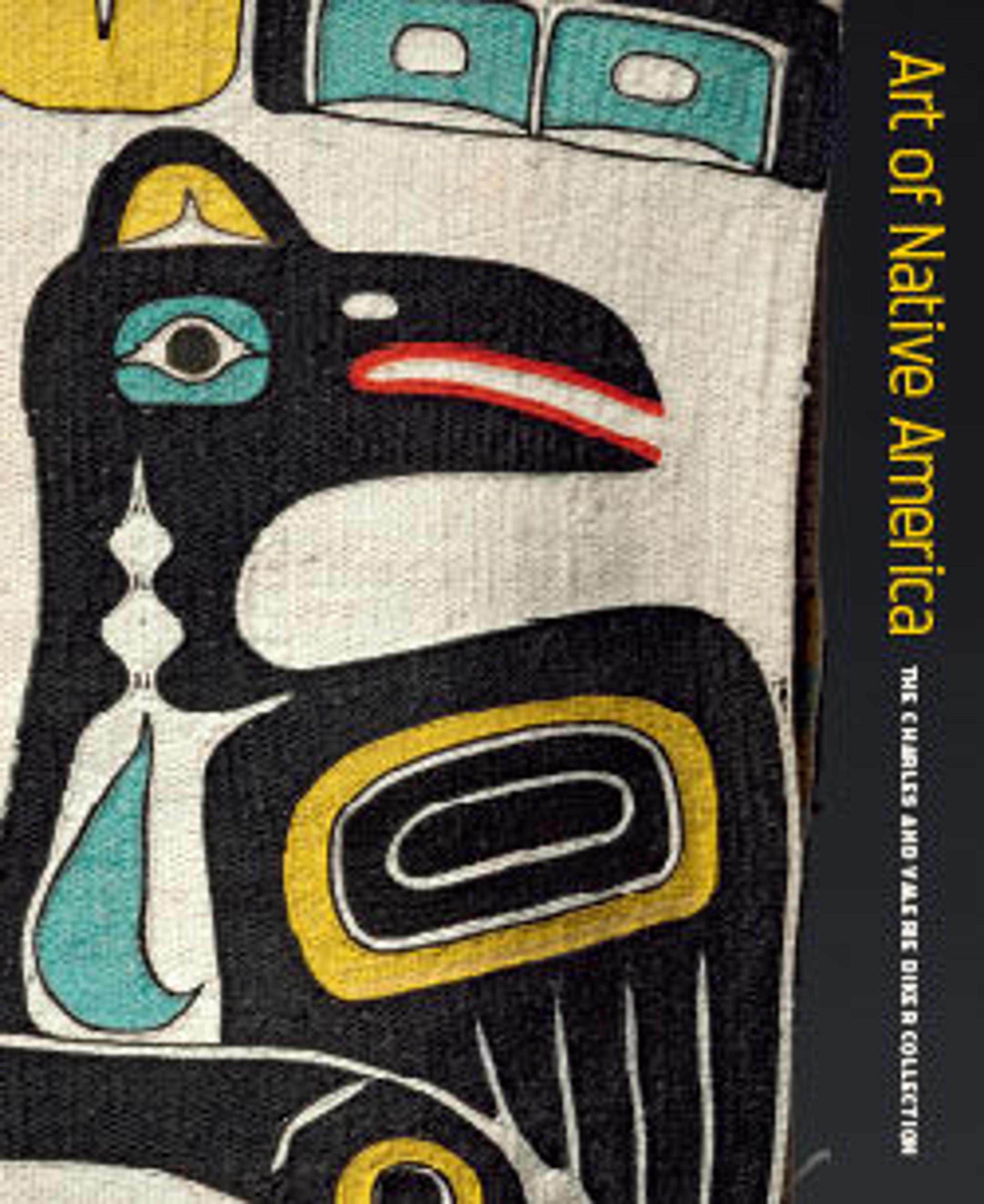Parfleche flat case
This flat rawhide case, called a parfleche, was used to transport important belongings from one camp to the next. Its surface provides a luminous ground for the painted bold, colorful geometric shapes and delicate, black and brown graphic elements. The case would be hung from the pommel of a saddle, with the long fringe registering the movements of both horse and wind. Plains women also made parfleche cylinders, envelopes, and boxes; the term originated with French fur traders.
Artwork Details
- Title: Parfleche flat case
- Date: ca. 1850
- Geography: Possibly made in Texas, United States; Possibly made in Oklahoma, United States
- Culture: Comanche, Native American
- Medium: Bison rawhide, pigment, and tanned leather
- Dimensions: 33 × 11 1/2 in. (83.8 × 29.2 cm)
- Credit Line: The Charles and Valerie Diker Collection of Native American Art, Gift of Charles and Valerie Diker, 2019
- Object Number: 2019.456.16
- Curatorial Department: The American Wing
More Artwork
Research Resources
The Met provides unparalleled resources for research and welcomes an international community of students and scholars. The Met's Open Access API is where creators and researchers can connect to the The Met collection. Open Access data and public domain images are available for unrestricted commercial and noncommercial use without permission or fee.
To request images under copyright and other restrictions, please use this Image Request form.
Feedback
We continue to research and examine historical and cultural context for objects in The Met collection. If you have comments or questions about this object record, please contact us using the form below. The Museum looks forward to receiving your comments.
